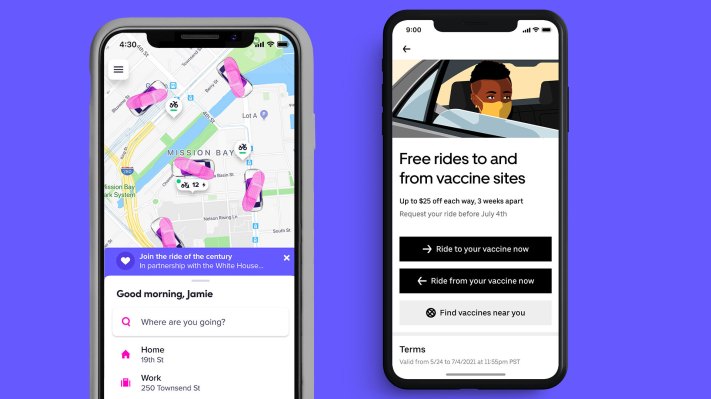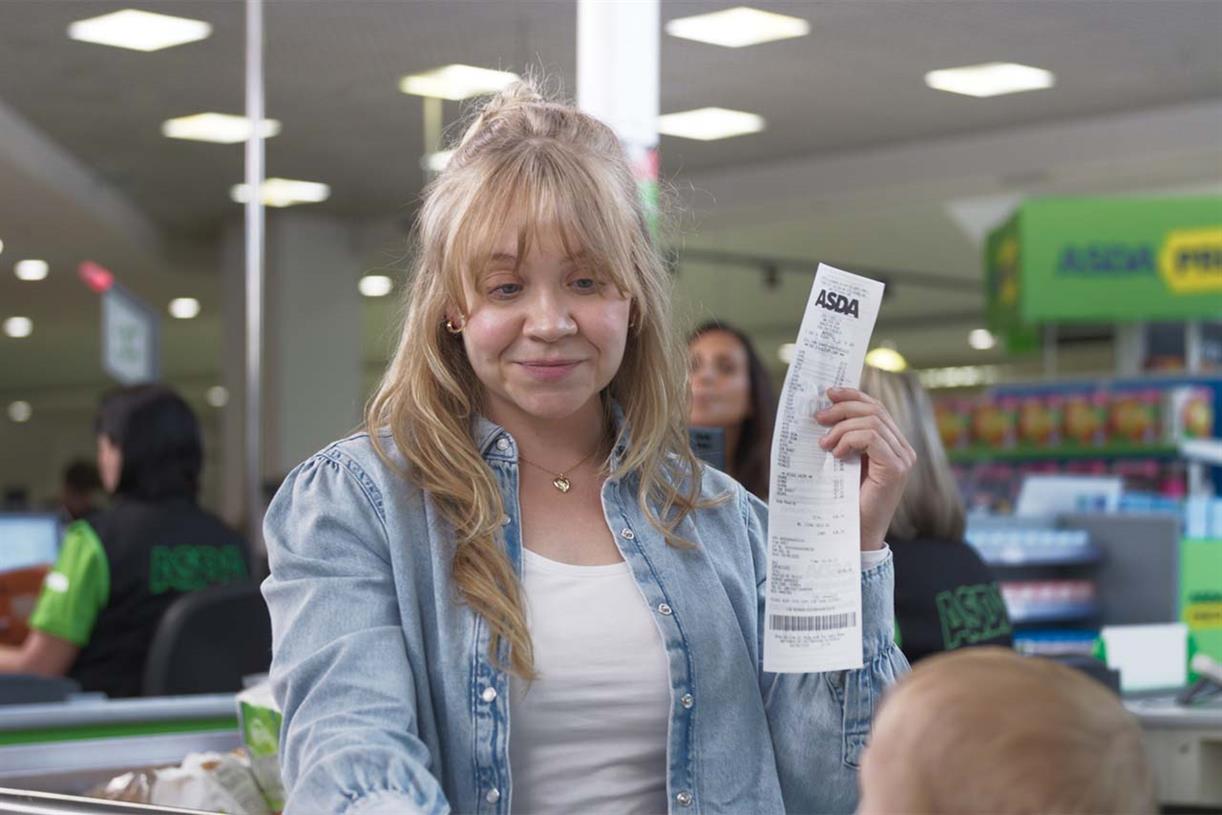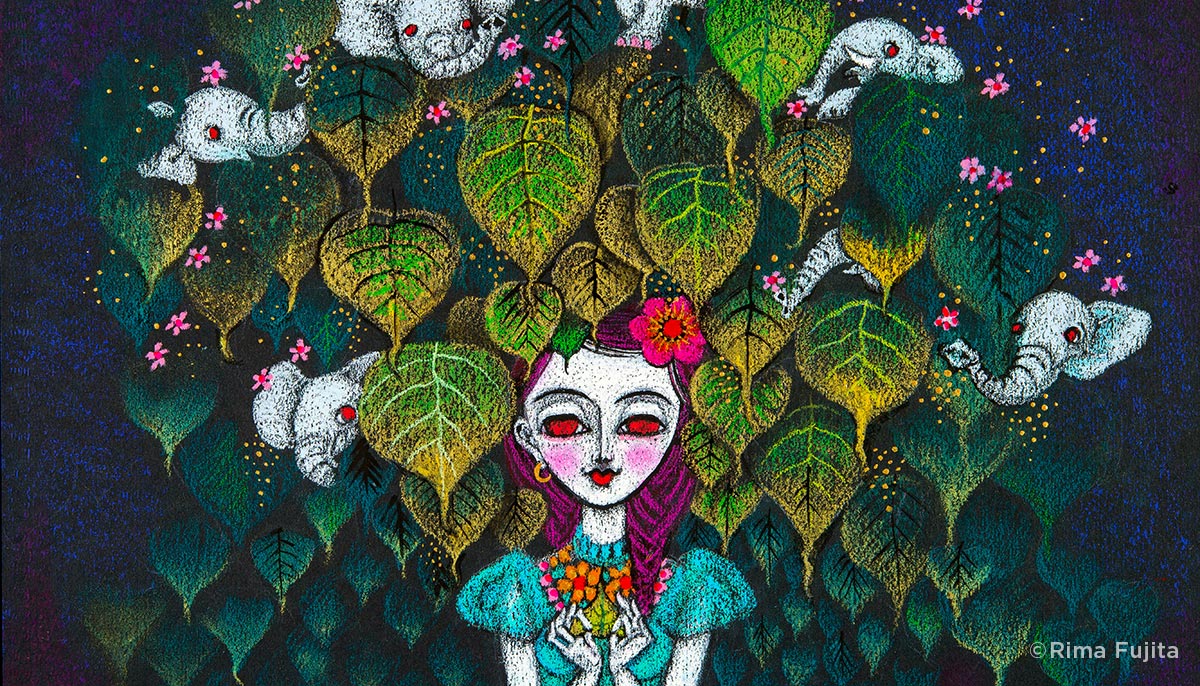DALL-E can now help you imagine what’s outside the frame of famous paintings
OpenAI has added a new “outpointing” function to its text-to-image AI model DALL-E that lets the system generate new visuals that expand the borders of any given picture. In the example above, you can see how DALL-E, with the...

OpenAI has added a new “outpointing” function to its text-to-image AI model DALL-E that lets the system generate new visuals that expand the borders of any given picture.
In the example above, you can see how DALL-E, with the help of human prompting, “imagines” what’s outside the frame of Johannes Vermeer’s portrait “Girl with a Pearl Earring.” Note, how, even from the limited information provided by the portrait, the system is able to match Vermeer’s style, mimicking the shadows and highlights of the original.
In the timelapse below, you can also see how the artist responsible, August Kamp, had to expand the image in small sections at a time, often redoing DALL-E’s generations in order to get the outcome she wanted. Not seen in this video but definitely worth highlighting, is the fact that the system is not generating these extensions just by itself. As with all text-to-image AI, the model requires that humans describe the new visuals.
Outpainting as a function can be used to expand original content, but of course many DALL-E users have been playing with the feature to see what lies outside the frame of famous images. (Scroll down to the bottom for my absolute favorite example...)
From a broader perspective, outpainting doesn’t really expand the basic functionality of text-to-image AI systems, but it does show how OpenAI will likely position itself in the growing market for these systems: by making usability a key pitch to customers.
Many text-to-image AI models can perform the same essential function as outpainting, but, like DALL-E itself prior to this update, it required quite a bit of manual fiddling. Making outpainting as easy as possible will help DALL-E differentiate itself from the growing competition of smaller but comparable systems like Midjourney and Stable Diffusion.
DALL-E itself is now available via a beta program, with more than a million users currently given access. Each beta user gets 50 free image generations in the first month, then 15 additional uses each month after. They can then buy 115 extra image generations for $15.
In the meantime, though, outpainting can be used to answer some of life’s greatest mysteries, like, “what if the Quaker Oats guy was a busty barmaid?” Wonder no more:

 JimMin
JimMin 






























![The Most Commonly Used Passwords [Infographic]](https://imgproxy.divecdn.com/6ARZVtli40OLhg3H5g06jpg3VjNIF30pM_NrHF_1DLM/g:ce/rs:fit:770:435/Z3M6Ly9kaXZlc2l0ZS1zdG9yYWdlL2RpdmVpbWFnZS9wYXNzd29yZF9pbmZvMi5wbmc=.webp)